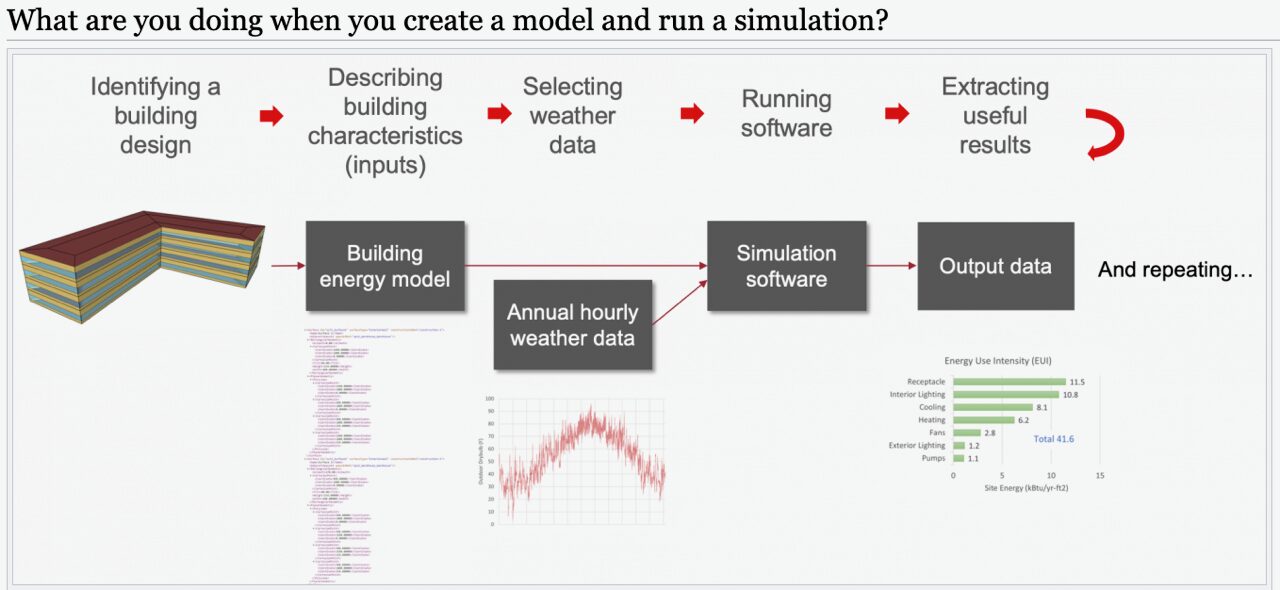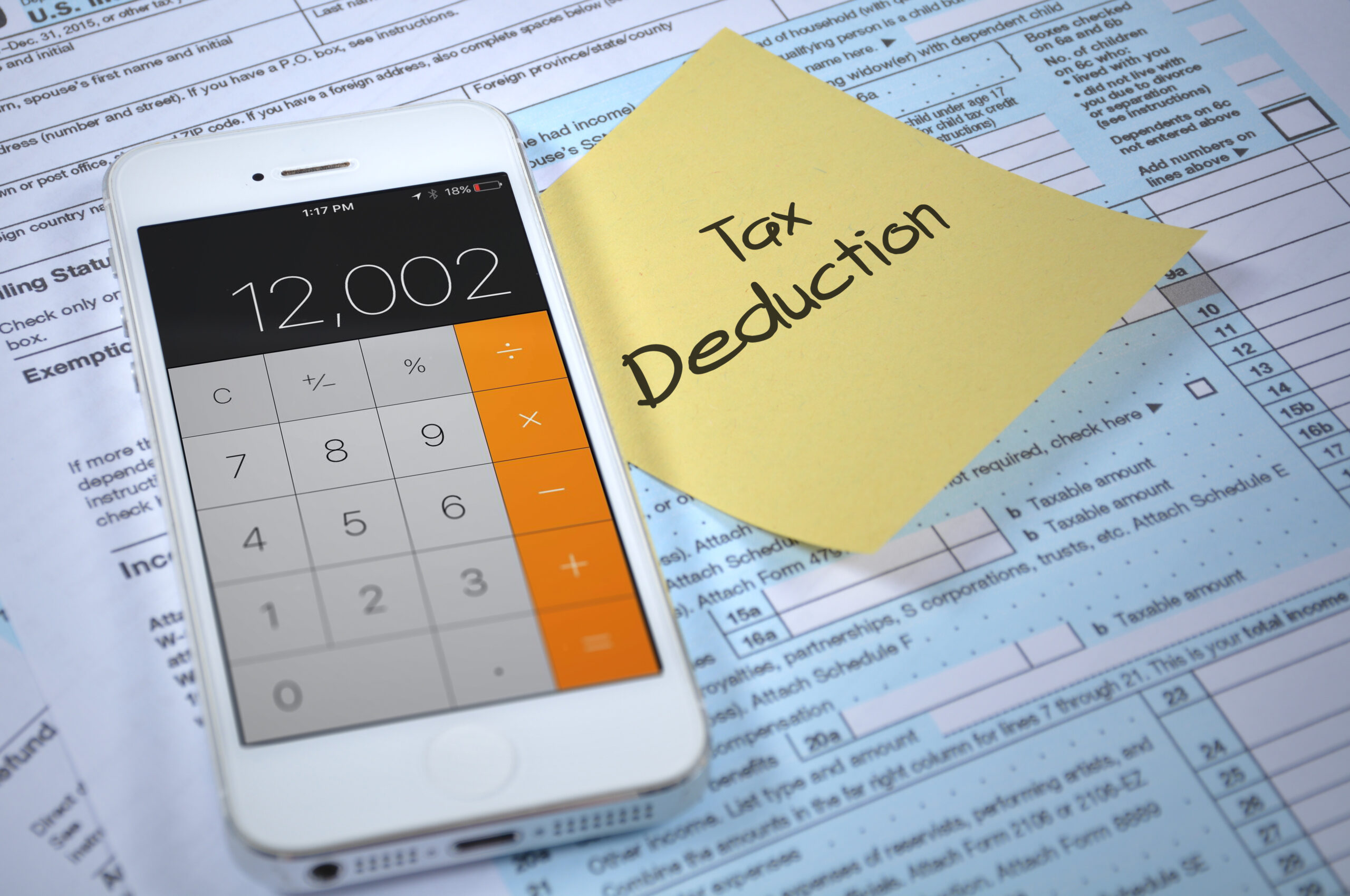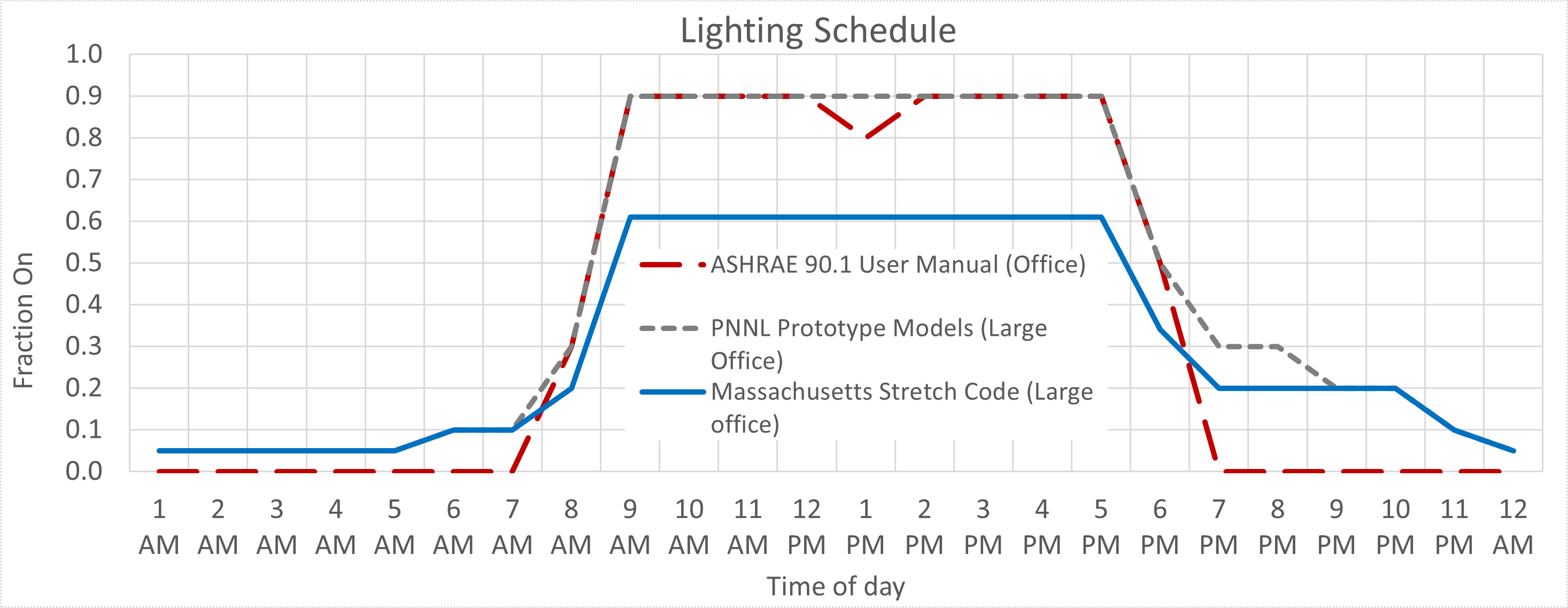Where can you go to learn about energy modeling and simulation as someone new to the industry?
Dear New Bee,
This is a great question, and one that IBPSA-USA has been evaluating for some time. I’m excited to share an update about a great place to learn and contribute knowledge about energy modeling. After you’ve read this article, please take a moment to share your feedback!
Dimitri Contoyannis, President of Model Efficiency and lead developer of BEMcyclopedia, answers this question in February’s Ask a Modeler post!
A Bit of Background
A few years ago, IBPSA-USA led an extensive outreach effort to its members and the broader A&E design community. The goal was to gather information through forums, one-on-one interviews, and surveys to learn how firms are using BEM, and how individuals learned to become modelers.
The key takeaway was that BEM is not commonly taught to undergraduate students, and learning on the job is very difficult! Training resources exist, but they tend to have a specific focus, so a broad understanding is difficult to achieve.
This study pointed to the need for a more structured collection of educational information that is easily accessible, especially for practitioners early in their careers.
And that led to the idea for BEMcyclopedia—a project sponsored by the U.S. Department of Energy (DOE) and Lawrence Berkeley National Laboratory to develop a centralized collection of information about BEM, how it works, and how to apply it effectively to the design of buildings and their systems.
BEMcyclopedia Overview
BEMcyclopedia is an online hub for teaching practitioners how to effectively perform building energy modeling (BEM) activities. The goal of BEMcyclopedia is to collect the BEM body of knowledge and make it easily accessible to practitioners.
Content is presented in a wiki, which is a great format for creating a knowledge base. It is easy to create content, link content, and have multiple collaborators working together. The “seed content” that currently populates the website was created with the support of DOE by a group of industry experts, but the long-term goal is for the site to expand through crowdsourcing. I’ll come back to this in a bit.
The website is organized in three main areas called Essential BEM Concepts, Learn by Design Task, and an interactive data browsing tool that supports BEM inputs.
Essential BEM Concepts
The Essential BEM Concepts section is a collection of fundamental information to provide a solid understanding of:
- How buildings work
- How building features and systems are represented in a model
- How to provide inputs to the model
- How to interpret results effectively
It covers a range of topics such as:
- Introduction to BEM
- Building Science topics
- An overview of different types of energy models
- Tutorials on how to prepare model inputs and analyze outputs
- A primer on codes and standards that are relevant to energy modelers
- Resources on automation approaches

Example “Essential BEM Concepts” Tutorials
Learn by Design Task
While the “Essential Concepts” section provides a broad understanding of various aspects of BEM, the “Learn by Design Task” section is highly focused on how to actually use BEM effectively throughout a design project.
These tutorials are organized by the phases of a design project. Within each design phase, tutorials present information about the types of design tasks that occur, design decisions that must be made, and describe how BEM can be used to answer these specific questions.
So rather than simply teaching how to prepare models, the goal is to help users understand how to apply the models to answer timely questions and have the greatest impact.
Much of the content in this section is currently focused on early-stages of design (pre-design, conceptual design, and schematic design) but will soon be expanded to cover the more detailed stages.
Some examples of tutorials in this section include:
- How to research performance benchmarks for your project using different sources for that information
- Identifying how site conditions may influence the design and performance of the building
- Identifying which energy codes or other programs apply to the project and what modeling rules must be followed to comply
- Comparison of massing options
- Evaluating different façade construction materials and how those choices may impact the performance
- And, everyone’s favorite, the window-to-wall ratio analysis, examining the interplay between thermal and daylight performance.

Example “Learn By Design Task” Tutorials
Interactive Data Lookup Tables and Charts
Finally, the third area of the website is an interactive tool to help make meaningful assumptions for input data during early stage projects.
This data comes from various vintages of the DOE prototype models and can be filtered by vintage, type of data you’re interested in (such as internal gain types and associated schedules), and also by building type.
Lookup tables are available for internal gains data, and schedule data.

Examples of the Interactive Lookup Data Tools
Share Your Knowledge!
You can see that BEMcylopedia has a lot of great content to explore, but for it to really take off, we need your help! The goal of BEMcyclopedia is to serve as a centralized collection of information, drawing on the collective knowledge of the community, and we welcome you to become a contributor!
It is very easy to get started:
- Create an account and send an email to admin@bemcyclopedia.com - the site administrator will grant you editing rights
- Instructions for creating an account are right on the front page of the wiki
Really, no contribution is too big or too small.
- Start by finding a page that’s interesting to you and read it.
- If you feel the content needs some tweaking, then tweak away.
- If you feel like more detail could be helpful, go ahead and add some detail.
- If you feel that another section of a page could add value or help to address a specific concept that hasn’t been covered yet, go ahead and add a new section.
- If you feel especially motivated and want to create an entirely new page to discuss a topic not currently addressed on the site, then go for it!
We have developed a tutorial with detailed guidance on how to edit a wiki page to help you get started.
Let us Know What You Think
We are reaching out to ask for your assistance - please complete this 2-minute survey to share your feedback on how we should prioritize ongoing development to provide the most value to our industry. Please take a moment to respond to the survey!

Dimitri Contoyannis, PE, CEM, LEED AP
President, Model Efficiency
Dimitri is the president of Model Efficiency, a consulting company specializing in energy modeling, BEM education, and using BEM analysis for research and development of energy codes. He has served on the IBPSA-USA board of directors for 6 years, is a member of the IBPSA-USA Education Committee, and is the chair of IBPSA-USA’s Certification Committee. He is the lead developer of BEMcyclopedia.






